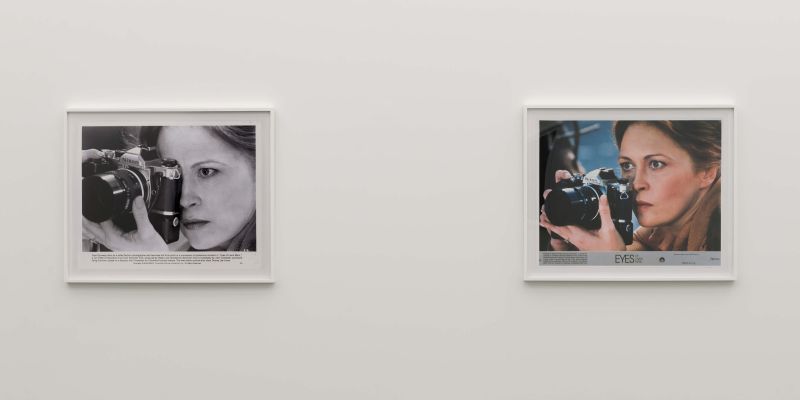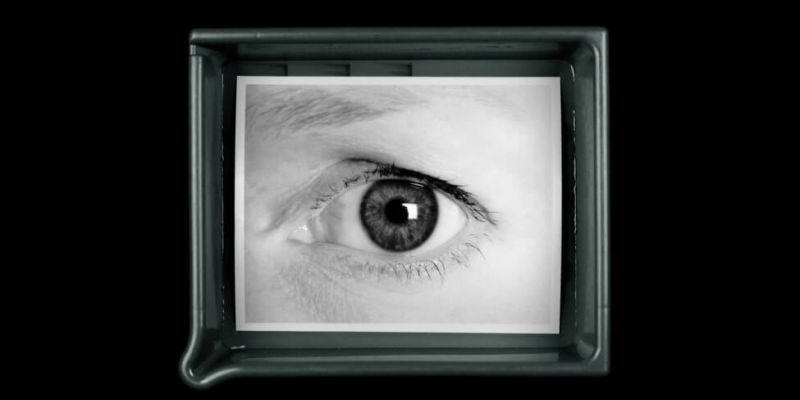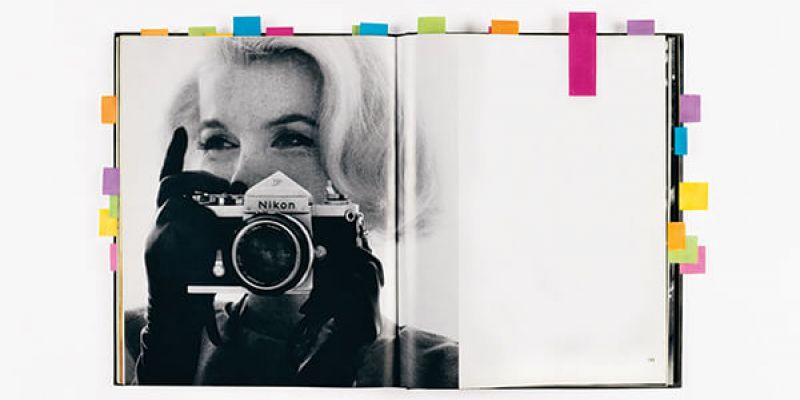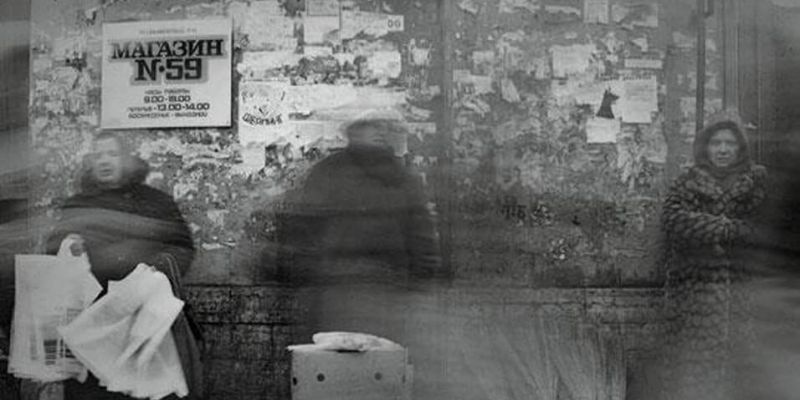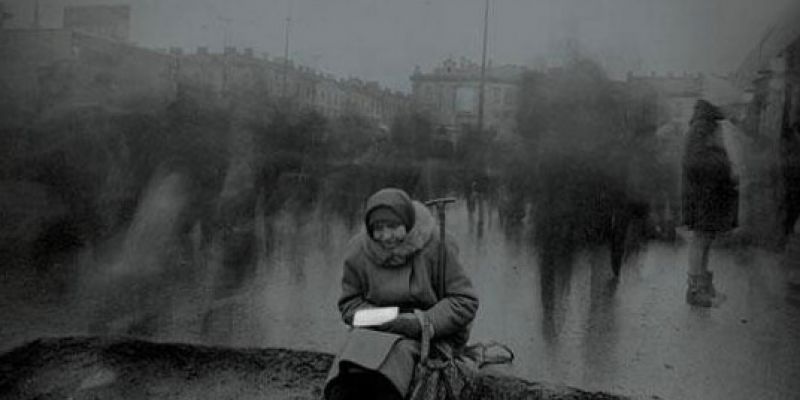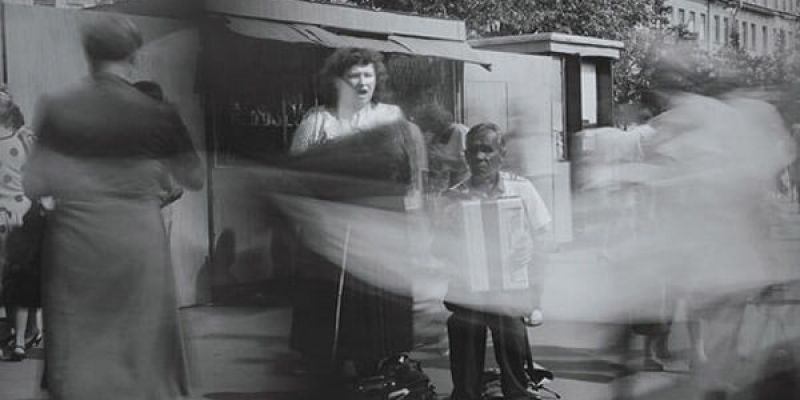Constructing Worlds @ The Barbican reviewed by Cristina Calvo
The photographic medium is in a unique position to study, analyse and admire architecture and since its inception architecture has been an important subject for the photographer. Constructing Worlds investigates this symbiotic relationship between photography and modern architecture and for anyone interested in either field, it’s a must-see.
Curated by Alona Pardo and Elias Redstone, the exhibition comprises the work of 18 prominent artists working from the 1930s up until the present day. The show commences with the work of Berenice Abbott who documented the rapid growth of Manhattan and its surrounding areas from 1935 to 1939. The striking juxtaposition of modern skyscrapers and classical buildings is shown off to great effect.
Around the same time Abbott shot these images, Walker Evans was embarking on his documentation of the Great American Depression for the Farm Security Administration. Evans’ work tells of the poverty-stricken families and individuals affected by the crisis and how the Depression manifested in the landscape of the times.
After the WWII, architecture began to draw inspiration from modern structures, furniture and lifestyle. The work of Julius Shulman clearly captured this trend in the works he published in Arts and Architecture magazine during the 50s and 60s. It is also worth mentioning the exhaustive documentation of Le Courbusier’s architectural project Chandigarh, India, by Lucien Hervé during the same period.
By the end of the 60s and throughout the 70s, photographers such as Ed Ruscha, Stephen Shore, Thomas Struth and the Bechers turned their cameras to the suburban, the industrial and the everyday. Perhaps influenced by the work of Walker Evans and Eugène Atget, these photographers focused on the banal as a means of representing cultural, economic and social values.
Form, light and shadow took on an elevated importance in the years that would follow for photographers such as Luigi Ghirri, Hélène Binet, Hiroshi Sugimoto and Luisa Lambri.
The photographs of Andreas Gursky, Simon Norfolk, Guy Tillim, Bas Princen, Nadav Kander and Iwan Baan frequently portrayed ruined buildings, sublime images of industrial transformation and digitally manipulated spaces. In this focus, they elucidate the social, political and economic consequences of globalisation.
Large photographic prints dominate the show and invite the viewer to both indulge in minute detail as well as to step back and take in the entire image. If the show can be criticised on one point, it is that the space given for Kanders work is insufficient in size to show his work to its best advantage. Yet overall, this is a beautifully curated, first-class exhibition and well worth a visit.
The exhibition runs until 11 January 2015
Cristina Calvo (b. 1982) is a visual artist based in London. She holds a degree from University of Westminster where she is teaching a short course in photography. Part of Cristina’s photographic practice is related to the analysis of the urban environment through the architecture and social behaviour. Her work In Out and Around was select for PHE13 in Madrid. In her more recent work Cristina explores trauma, identity and disease.

